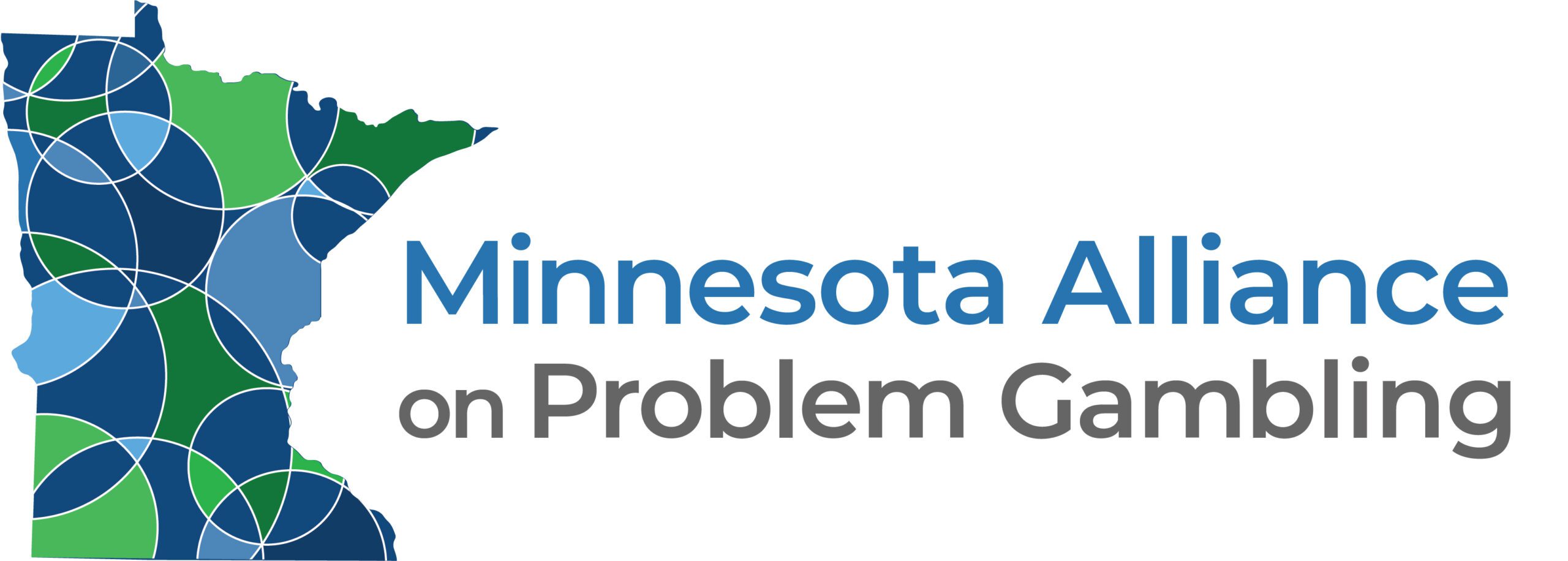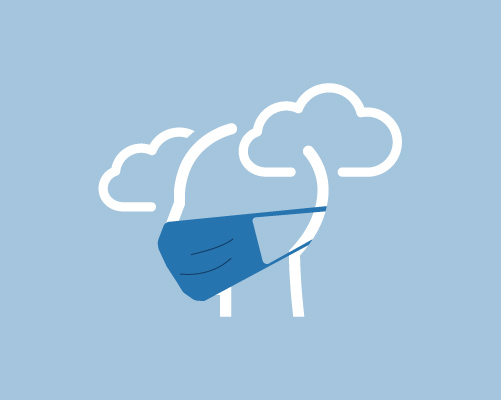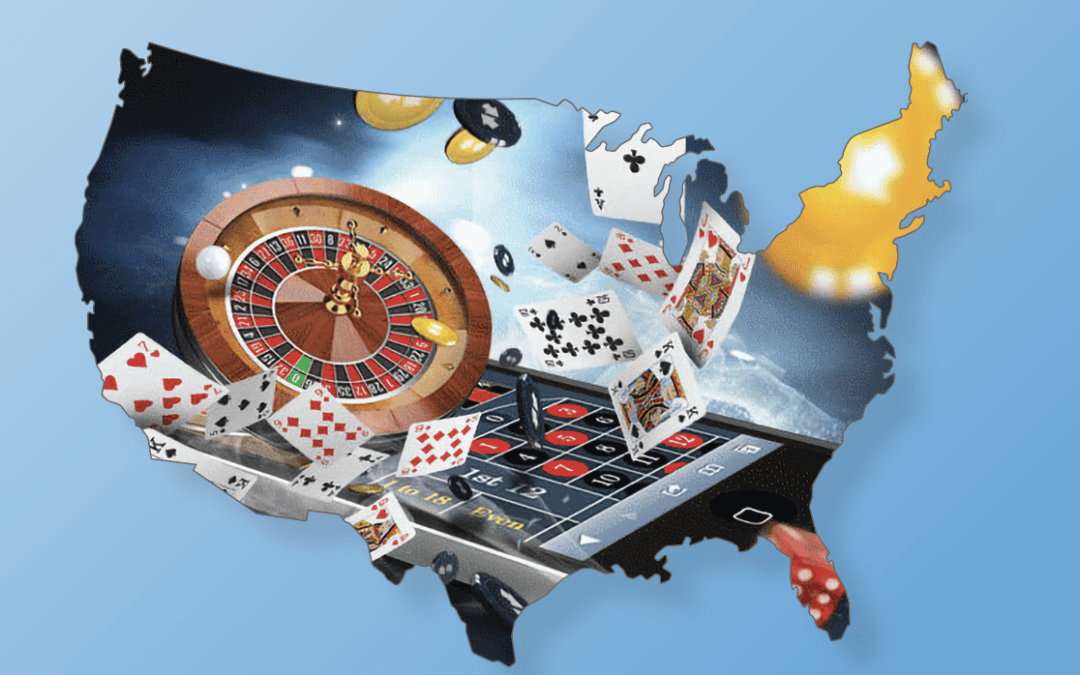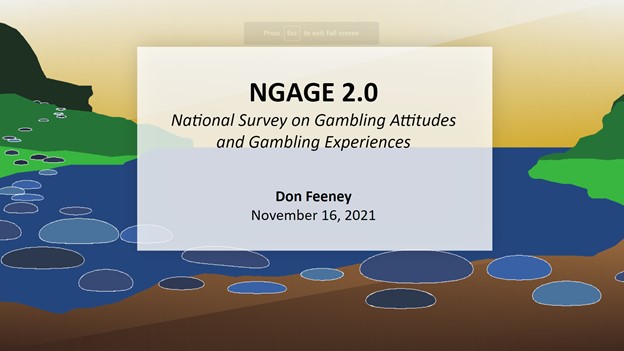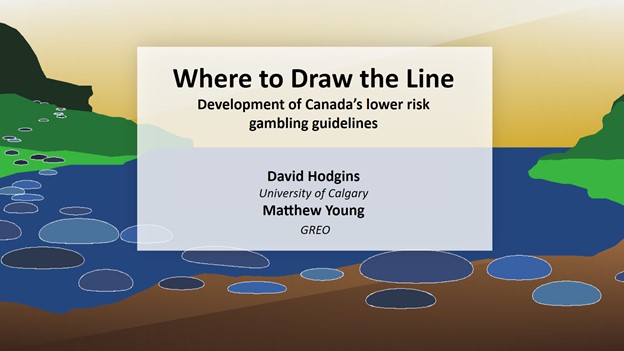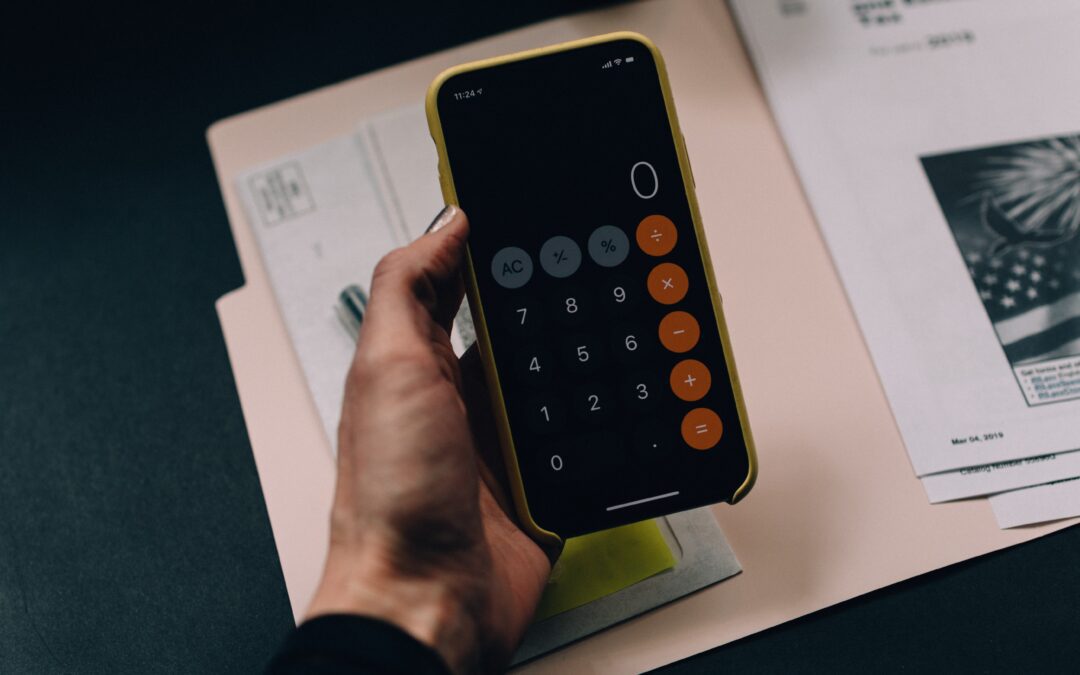
Mar 22, 2022 | PROBLEM GAMBLING, RESEARCH, SPORTS BETTING
Read the original article on The BASIS here.
By Caitlyn Fong, MPH
The Professional and Amateur Sports Protection Act (PASPA), which previously outlawed sports betting in most of the United States, was repealed in 2018 by the Supreme Court. Since then, legalized sports betting has grown rapidly, with the majority of states having active legal sports betting or pending legislation to legalize sports betting. Some studies have suggested a link between sports betting and gambling harm. For sports bettors experiencing gambling-related harms, online communities can be a source of self-help information and mutual support. This week, The WAGER reviews a study by Mark van der Maas and colleagues that analyzed how posts in an online mutual support community for problem gambling have changed with the expansion of legalized sports betting.
What was the research question?
How did the volume and content of an online mutual support community for problem gambling change after the repeal of PASPA and subsequent expansion of legalized sports betting?
What did the researchers do?
The researchers collected posts from the r/problemgambling subreddit (a message board on reddit.com) from January 1, 2016 to December 31, 2020. Using interrupted time series analysis, they compared the number of posts per week before, during, and after June 1, 2018 (the first day that states other than Nevada were able to initiate legal sports betting programs).
The researchers also analyzed 558 original posts from 75 unique, randomly-selected days and all 17,041 post titles from the study period. They used thematic analysis to examine the content of the selected posts and the post titles for common themes.
What did they find?
From January 1, 2016 to June 1, 2018, message board activity grew at an average of 0.14 posts per week (see Figure). During the weeks immediately following June 1, 2018, there was an average increase of 24.2 posts per week. Following that jump in posts, message board activity sustained an increase of 0.79 posts per week, which is more than five times the pre-June 1 activity rate.
After June 1, 2018, it also became more common for posts to mention American major league sports, such as Major League Baseball (MLB), National Basketball Association (NBA), and especially the National Football League (NFL). During 2019 and 2020, posts were more likely to encourage sobriety or express worry about abstinence from gambling as the start of the NFL season approached and as the Super Bowl date neared.

Figure. Average increase in posts per week on the r/problemgambling subreddit from January 1, 2016 through December 31, 2020.
Why do these findings matter?
The rise in number of posts and references to American major league sports indicate an increased need for treatment and support of people experiencing gambling harm, especially during the NFL season. Online mutual support communities might also be an effective way to encourage formal treatment as an option and provide relapse prevention strategies. However, people who are concerned about their gambling should also consider seeking professional help from clinicians or using evidence-based self-help resources, as some research has identified potential risks of help seeking in online communities, such as misinformation or triggering content.
Every study has limitations. What are the limitations in this study?
Most posts did not mention a specific form of gambling, so it cannot be determined whether the increase in post activity was due to greater exposure to or experience with sports betting. Reddit users tend to be younger and predominantly male, and only about half of them are based in the United States, so the study might not be representative of the United States population. As a result, the findings may also not be generalizable to people outside of the Reddit online community.
For more information:
Do you think you or someone you know has a gambling problem? Visit the National Council on Problem Gambling for screening tools and resources.
— Caitlyn Fong, MPH

Feb 23, 2022 | PROBLEM GAMBLING, RESEARCH
While the impact of the COVID-19 pandemic on mental health is undoubtedly significant, how traumatic has it been and how does it compare to other traumatic events? This was among the topics discussed in “Understanding and Addressing Post-Pandemic Trauma,” a presentation by Ken Roberts, chief clinical officer for NUWAY, at the Minnesota Conference on Problem Gambling in November.
The term “trauma” can apply to a broad range of experiences that impact each individual differently. However, there are well-established data patterns that offer useful learning applicable to current pandemic circumstances.
Two relatively recent community-based traumas include the Sept. 11 terrorist attacks in 2001 and Hurricane Katrina in 2005. These large-scale traumatic events were shown to have a significant negative impact on substance use disorder and mental health patterns. In both events, the trends identified at year one actually continued to increase for another two to three years, a pattern consistent for a range of community traumas. Data has shown there are similar outcomes from other events, such as wildfires and mass shootings.
The scope and duration of the pandemic suggests a long-term impact. Although there are some potentially positive signs for dissipation of the latest pandemic wave, it is an experience that has had a global impact for two years without a foreseeable definitive resolution.
Since the early months of 2020, we’ve been on a roller coaster ride that has included the promise of vaccine relief and lessening restrictions, all too rapidly undercut by new waves of variants. Both our personal and professional worlds have been turned upside down in what is likely to be a generational event. As we consider the potential long-term impact of the pandemic, we must recognize that versions of the individual challenges each of us have faced are occupying the consciousness of billions of people around the world.
It’s important to recognize the paradox of the pandemic trauma experience. On one hand, there are the common experiences we all relate to that have become the themes of our daily conversation. Yet, on the other hand, there are myriad unique and intensely personal stories often borne in silence and solitude.
Part of the enduring strain of the pandemic has been the uncertainly of its actual end, leading to chronic stress and erosion of even our most healthy coping strategies. This prolonged period of instability has set the stage for potential behavioral health service needs over the next several years that mirror the patterns of Sept. 11 and Katrina, but are almost incomprehensible in possible magnitude.
Notable increases in anxiety, depression, trauma/stressor disorders, substance use, self-harm, and overdose that have occurred since the pandemic began are all grim indicators reflecting the needs and deficits seen by mental health professionals. If we are unable to expand access and improve outcomes, we will continue to add many “deaths of despair” to our numerous COVID-19 fatalities.
Whether we are considering the traditional clinical trauma disorders or the new conceptualization of Pandemic Trauma and Stress Experience (PTSE), the individual experience is always the key consideration in considering subsequent effects and impact on functionality, as well as what trauma-focused interventions might be best for those individuals. Similarly, just as one person’s experience after a car crash might different from another’s, the same is true for how each of us is experiencing the current pandemic.
Thankfully, the majority of individuals who experience trauma events and effects also possess sufficient protective factors that allow for adaptions and resiliency to overcome traumatic circumstances through what is frequently termed a “natural recovery.” The concepts of enhancing protective factors and empowering resilience will be an important focus as mental health professionals consider trauma intervention strategies.
The American Psychoanalytic Association is seeking to distinguish between PTSE and Post Traumatic Stress Disorder (PTSD). Understanding the difference is important to both educating and normalizing clients while avoiding the potential stigma of unwarranted diagnosis and targeting effective interventions.
It’s also important for providers to cultivate resilience, altruism and creativity in ourselves, our teams and our agencies in order to best serve those in need.
In summary, our extended experience of the COVID-19 pandemic is currently and will continue to drive the need for co-occurring services. Understanding the additional layers of pandemic trauma and stress as a potentially new concern and an amplifier of existing conditions allows us to be strategic in conceptualizing and evolving client care while maintaining professional resiliency. These steps will drive the direction of our industry in years ahead.

Feb 23, 2022 | PROBLEM GAMBLING, RESEARCH
Results from a new national survey of gambling attitudes and gambling experiences (NGAGE 2.0) indicate that Americans are gambling more than ever. The study, the second of its kind produced by the National Council on Problem Gambling, provides a glimpse into gambling activity in a time of rapid changes in the gambling landscape. The survey took place in April 2021 and included 2,000 Americans.
The 2021 survey attempted to address the following questions:
- Has the popularity of gambling changed?
- What types of gambling have become more or less popular?
- What’s the effect of restricting gambling or legalizing gambling?
- What has been the effect of the pandemic?
- How has legalizing sports betting affected gambling behavior?
- Are more people gambling online?
- Is there a relationship between risky investing and risky gambling?
- Who is at the highest risk for gambling problems?
- Does the public understand or stigmatize problem gambling?
Some of the key findings include:
- The number of people gambling on 11 or more activities during the past year nearly doubled since the first survey in 2018.
- Approximately 26 million more people bet online from 2018 to 2021.
- In the three-year period (2018-2021), there were approximately 15.3 million more sports bettors, 18 million more fantasy sports players and 25.5 million more online gamblers.
- While sports betting has increased, it does not appear to be because of legalization of sports gambling.
- Participation in fantasy sports did not differ between states where sports gambling is legal vs. where it is not.
- During the pandemic, more people have gambled less than have gambled more; however, those who gambled more during the pandemic are at higher risk for problem gambling than those who gambled less.
- The percentage of gamblers increasing play during the pandemic was highest in those under the age of 45.
- People in states where sports betting is legal are slightly more likely to gamble on sports more frequently than people in states where sports gamble is not legal.
- There was no difference in the types of sports bets — single bets on game outcomes, prop bets or parlay bets — made in states where sports gambling is legal vs. those where it is not. At this time, the concern that prop bets will grow rapidly is not founded in the survey.
- There is no evidence that legalization of sports betting has caused an increase in problem betting.
- There has been a decline in betting on football but growth in betting on more obscure sports, such as soccer, eSports and tennis.
- Gambling that has increased online include table games (blackjack, roulette, etc.), eSports, horse racing and bingo.
- Online gambling has increased most in the 18-24, 35-44 and 45-54 age groups. The growth is larger in men vs. women (though they are similar in percentage increase).
- Weekly traders gamble on many activities. They are also much more likely to answer yes to at least one of four problem gambling behaviors, suggesting that counselors should ask about investment behavior (as a possible risk factor) as much as gambling behavior.
- From 2018 to 2021, the percent of gamblers showing no problem behavior was much lower in younger people, while remaining the same in older people.
- Only approximately one in four young people (ages 18 to 34) say that gambling isn’t a good way to make money.
- Men are approximately 50% more likely to be problem gamblers than women.
- Sports gamblers are far more likely (approximately 13x more likely) to become problem gamblers than other gamblers. It’s not clear if that’s because sports gamblers tend to be younger or because they are sports bettors.
- Approximately one-third of gamblers bet on sports.
- Nearly a quarter of those surveyed feel people with a gambling problem are unlikely to get better or recover.

Feb 9, 2022 | PROFESSIONALS, RESEARCH
Don Feeney, co-founder of Northstar Problem Gambling Alliance and research policy consultant to the National Council on Problem Gambling shares the national data collected in April 2021 to measure the attitudes and experiences of gambling in the U.S. This is a follow-up study to the one conducted in November 2018, just after the lifting of the ban for states to legalize gambling. Todd Maki, research analyst with the Minnesota State Lottery, presents the findings of their annual survey (2020 was not conducted due to COVID). Presented at the Minnesota Conference on Problem Gambling.
Watch the presentation.

Feb 8, 2022 | HEALTHY PLAY, PROFESSIONALS, RESEARCH
David Hodgins, Ph.D. University of Calgary and Matthew Young, Ph.D. of GREO present on their development of Canada’s lower risk gambling guidelines. Presented at the Minnesota Conference on Problem Gambling, November 16, 2021.
Watch the presentation.

Jan 26, 2022 | PROBLEM GAMBLING, PROFESSIONALS, RESEARCH
Read the original article on The BASIS here.
By John Slabczynski
Many responsible gambling strategies, such as setting a budget, rely on bettors to monitor their own gambling behavior. However, monitoring one’s own gambling has key limitations, as gamblers often underestimate their losses or overestimate their wins. These problems with recall might be due to the complexity of calculating gambling outcomes and the particular phrasing of gambling expenditure questions. This week, The WAGER reviews a study by Robert Heirene and colleagues that examined the accuracy of self-reported gambling outcomes (as compared to actual betting records) when participants were informed of specific ways to calculate these metrics.
What was the research question?
How accurately do participants report their gambling outcomes when given instructions on how to calculate them? Additionally, what variables predict estimation inaccuracy?
What did the researchers do?
The researchers recruited 652 customers1 from an online gambling operator via email and asked them to complete a short questionnaire. The questionnaire asked participants to estimate their total number of bets placed in the past 30 days and net gambling outcome, defined as total winnings or losses during this same period. Unlike prior studies that also assessed the accuracy of gambling expenditure, these researchers provided instructions on how to calculate these metrics. The researchers then compared participants’ reported number of bets and outcomes to their actual behaviors which were provided by the online gambling operator in the form of electronic betting records. Finally, the researchers assessed whether certain variables predicted the accuracy of estimated gambling outcomes.
What did they find?
Only 7.4% of participants estimated their betting frequency within a 10% margin of error of their actual betting frequency, with 69.6% underestimating their betting frequency. Estimates of net gambling outcomes were similarly biased; only 4.1% reported a gambling outcome within a 10% margin of error, and 64.8% underestimated their losses (see Figure). Participants’ actual net gambling outcome was the greatest predictor of estimation inaccuracy, particularly among those with a net loss. Underestimating winnings was the second most common estimation error, yet only 12.8% of participants made this error.

Figure. Percentage of participants in each estimation error group based on the difference between their self-reported net outcome and actual net outcome (i.e., based on electronic gambling record data).
Why do these findings matter?
These findings show that even when given specific instructions on how to calculate their net gambling outcome, participants still failed to accurately estimate winnings or losses. This brings into question the effectiveness of many responsible gambling strategies, as people might not be able to consistently recognize when they’ve passed their betting limits. It may be better to have gambling operators provide bettors with frequent updates on their real gambling expenditure. This study also highlights potential validity issues in other gambling studies that rely on self-report.
Every study has limitations. What are the limitations in this study?
First, this article only assessed participants’ involvement on one online gambling operator and thus did not capture activity on other sites. Second, a very small number of participants (i.e., 1.9%) who received the recruitment email participated, and those who did participate appeared to have different gambling habits compared to those who did not participate.
For more information:
The Responsible Gambling Council has tips to gamble more responsibly. If you are worried about you or someone you love’s gambling habits, you can find gambling support resources at The National Council on Problem Gambling. Additional resources can be found at the BASIS Addiction Resources page.
— John Slabczynski
[1] Among those who took the survey, 652 participants reported their 30-day gambling frequency and 514 reported their 30-day net outcome (i.e., loss or win amount). Percentages reported are based on the total sample of non-missing cases for each variable.
Page 8 of 10« First«...678910»


